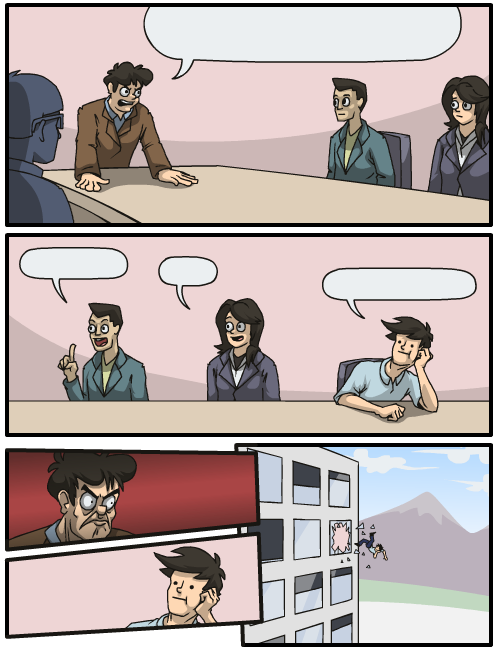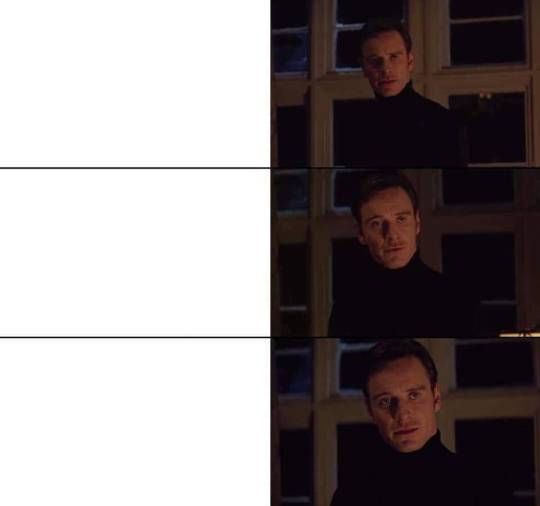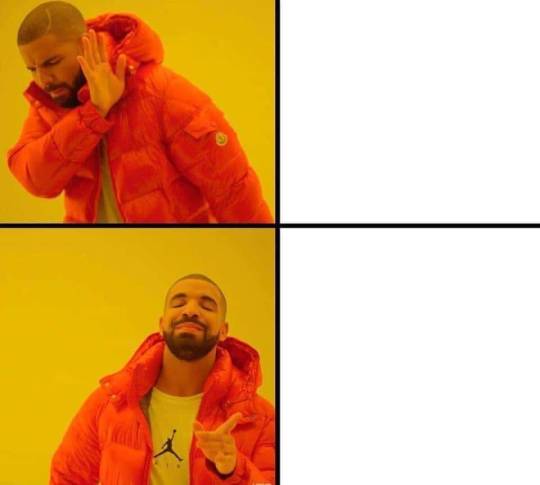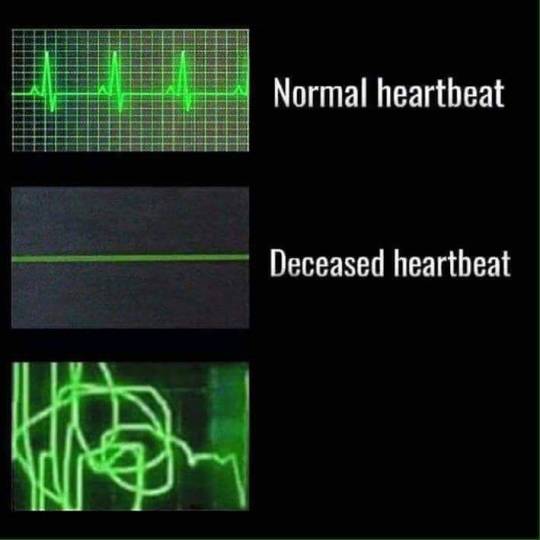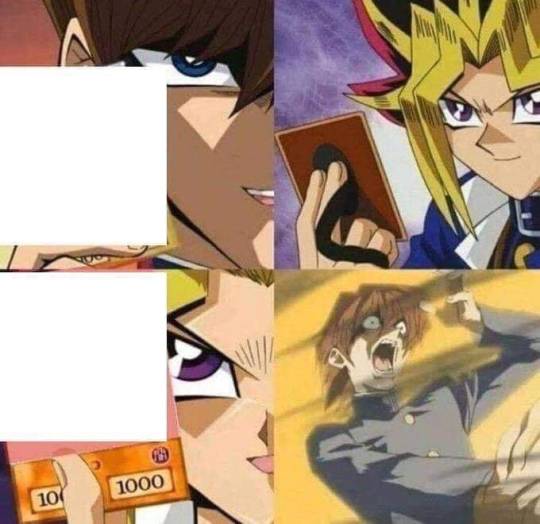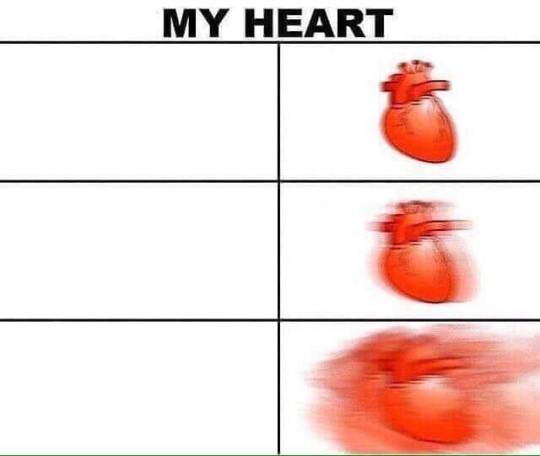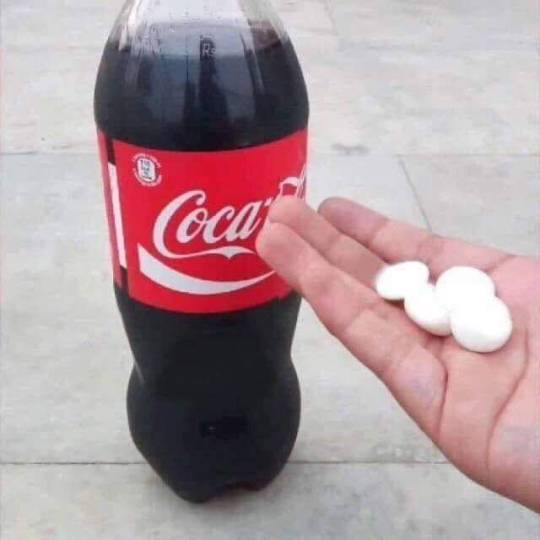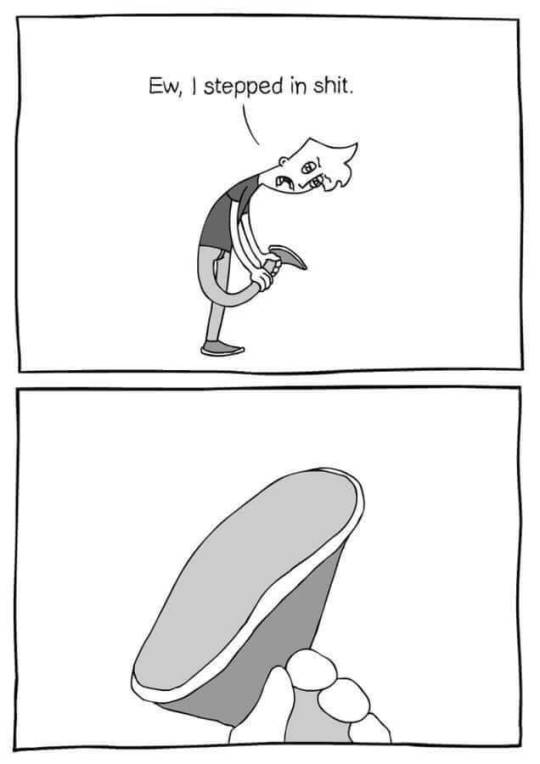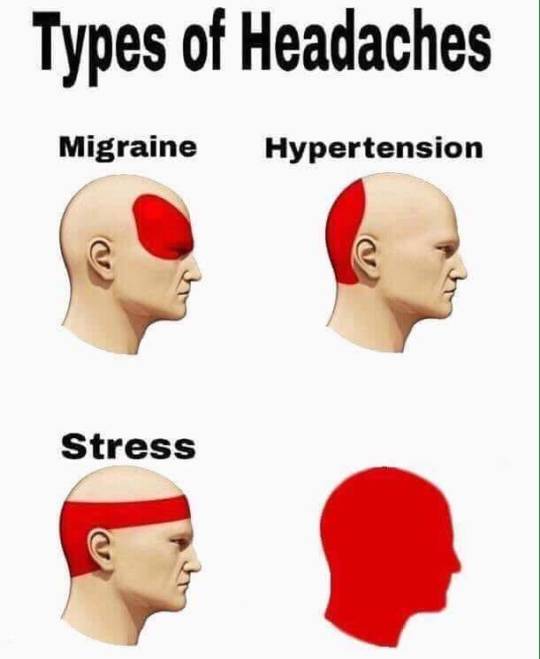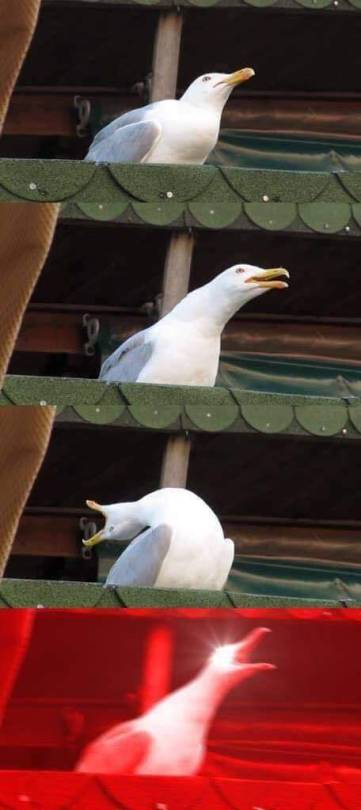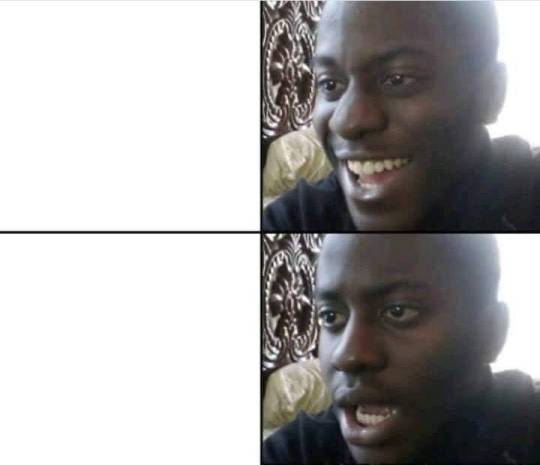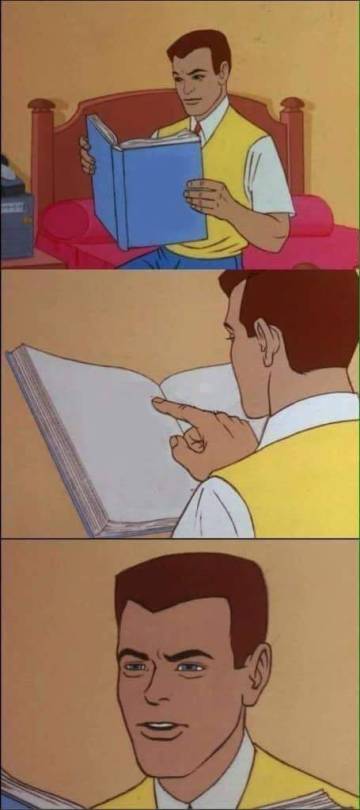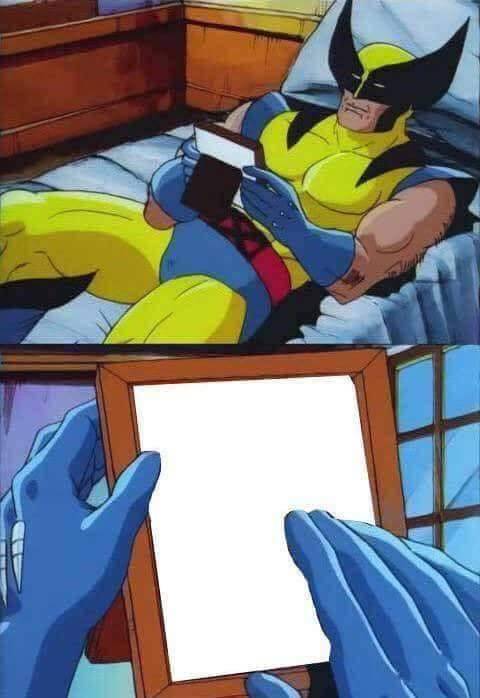Category: ultracultural
Art in Transit

I remember stumbling across this book in the New Dorp branch of the library on Staten Island when I was young. Looking at the publication date now — August 1984 — I realize I must have seen it just when it came out, right before I started my freshman year of high school. It had to be at least that early, because I distinctly remember being on the lookout for Keith Haring‘s subway drawings all through high school, when I commuted to the Upper East Side every day. Sure enough, I saw them show up a few times at East 86th Street a couple of times, and occasionally in other stations. I had no clue that Haring was already a name in the art world, so these always felt like secret treasures to me, connecting them only to this little book I found in a local library when I was looking for stuff about drawing cartoons.
This little book — and Haring himself — made an impression for all kinds of reasons, not all of which I could really pinpoint when I was just turning fourteen. It was the first time I thought to think of street art as real art, or vice versa. It was art that was fun, an idea I was starting to wake up to. I loved the drawings shown — so much! — and I also loved that they were quick, forbidden, and took advantage of really specific opportunities:
The advertisements that fill every subway platform are changed periodically. When there aren’t enough new ads, a black paper panel is substituted. I remember noticing a panel in the Times Square station and immediately going aboveground and buying chalk. After the first drawing, things just fell into place.
That seemed so cool to me when I was just a kid who drew comic books but was getting ready to jump into the wider world around me. Also, Keith Haring was cute — so cute! — in a goofy, nerdy way that was great; not like a model or a TV star but a real way. Although I couldn’t make any sense of that reaction at the time it certainly fit a pattern that would eventually be clear.

Oh Coney, My Coney
The start of Summer always makes me long for Coney Island, especially now that it’s so far away and I’ll probably never see it again before it finally gives in to all the pressure and becomes something else.

But there’s so much to love. If you haven’t been there it may be hard to see past the decay and appreciate the real charm that comes from the liveliness of the place, and the visible signs of a long, colorful history. I’ve always had trouble putting my finger on my love for the place, although it’s such a goldmine of lettering and kitsch that it’s easy to understand what first sucked me in. But it’s always been more, somehow, too.
Coney Island Dream from Joshua Brown on Vimeo.
[Coney Island Dream from Joshua Brown on Vimeo.]

Plate or platter?
Lucille: I’ll have the “Ike and Tina tuna.”
Waitress at Klimpy’s: Plate or platter?
Lucille: I don’t understand the question, and I won’t respond to it.
[Season 1, Episode 11]
It doesn’t have nearly the same magic without Jessica Walter‘s exceptional delivery, but this is still one of my favorite jokes from Arrested Development. If you need just a tiny little hit of Jessica Walter to ease the pain of living without Arrested Development, she’s also doing some hilarious voice work in FX‘s animated series Archer.
God prefers atheists

10 Commandments
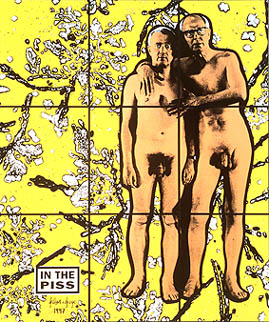 I quite like, but I do not necessarily love, the work of Gilbert & George. It’s cheeky, it often looks great, it’s interesting, and all, but it can get a little heavy-handed now and again, and I really think they went off the rails visially once they got their hands on a copy of Photoshop. But whatever: these things happen. There are very few artists of any kind who manage to produce work that feels just as fresh and resonant all the way through their careers.
I quite like, but I do not necessarily love, the work of Gilbert & George. It’s cheeky, it often looks great, it’s interesting, and all, but it can get a little heavy-handed now and again, and I really think they went off the rails visially once they got their hands on a copy of Photoshop. But whatever: these things happen. There are very few artists of any kind who manage to produce work that feels just as fresh and resonant all the way through their careers.
I do appreciate a number of the themes that run through what they do, however, many of which are summed up nicely in this manifesto-slash-list of commandments-slash-performance piece:
-
Thou shalt fight conformism
-
Thou shalt be the messenger of freedoms
-
Thou shalt make use of sex
-
Thou shalt reinvent life
-
Thou shalt create artificial art
-
Thou shalt have a sense of purpose
-
Thou shalt not know exactly what thou dost, but thou shalt do it
-
Thou shalt give thy love
-
Thou shalt grab the soul
-
Thou shalt give something back
To the aerojets!
I usually like steampunk better in theory than in execution. I mean, it works well on paper: I love the mashup of historical and futuristic ideas and technology, and I’m certainly a ardent supporter or artisanal crafts and gadgetry. (Not to mention a man in goggles.) It’s a groovy idea, but as a subculture it generates so much kitsch. And not the good kind. It’s so often too earnest for its own good, with just a touch too little awareness of the inherent fantasy, despite the fun of it all. But when it’s good — when it’s really original and when it works on more than one level — it’s so unbelievably cool, like the work of this guy:
[Above: “Raptor” Fighter Pilot Mask by Bob Basset]
We Americans Abroad
I’ve had this TImes article sitting in a tab in my browser for the last day because it rang true in so many ways and I wanted to write about that, but frankly I don’t have the time or the energy (which is another lengthy post in itself, really). In short, though: I prefer living over here and a lot of Americans get on my nerves when I stumble across them, but until I read this I was having trouble articulating what I actually liked on the whole about Americans, and what Europeans always try but fail to explain about what they like about Americans. So good work, Mr Dyer.
My American Friends, by Geoff Dyer
Non-Latin domain names coming soon
Wow, this’ll be a huge change. ICANN is getting ready to allow internationalized domain names — web-site domain names that use non-Latin character encodings instead of the regular western alphabet.
Internationalized Domain Names (IDNs) are domain names represented by local language characters. Such domain names could contain letters or characters from non-ASCII scripts (for example, Arabic or Chinese). Many efforts are ongoing in the Internet community to make domain names available in character sets other than ASCII.
These “internationalized domain name” (IDN) efforts were the subject of a 25 September 2000 resolution by the ICANN Board of Directors, which recognized “that it is important that the Internet evolve to be more accessible to those who do not use the ASCII character set,” and also stressed that “the internationalization of the Internet’s domain name system must be accomplished through standards that are open, non-proprietary, and fully compatible with the Internet’s existing end-to-end model and that preserve globally unique naming in a universally resolvable public name space.”
You can read this BBC story for the more easily digested version:
The internet is on the brink of the “biggest change” to its working “since it was invented 40 years ago”, the net regulator Icann has said.
The body said it that it was finalising plans to introduce web addresses using non-Latin characters.
The proposal — initially approved in 2008 — would allow domain names written in Asian, Arabic or other scripts.
My head is swimming with questions. A lot of them are about the specifics of getting this to work, considering how complex it still is to handle a lot of non-Latin writing systems with current fonts and technologies. There’s still a big divide between encoding the characters and representing them visually with a lot of scripts, and still only limited solutions for handling that. With Indic scripts, to pick an example I’ve been rather deeply immersed in lately, the way the Unicode-based characters are typed in is just the first step: rendering names or words in a way that makes linguistic sense requires a little extra software processing, and some carefully built fonts. So are the address bars in web browsers going to handle OpenType substitutions to make that happen? Or is there going to be a different encoding solution that’s a little more WYSIWYG when it comes to typing in non-Latin addresses? I’m guessing a lot of those issues have come up in the ICAAN proceedings, so I suppose it’s time to wade through them and see what the deal is.
In one sense, of course, this is brilliant. Domain names are part of our online identities and brands these days, and people should be able to use their own languages and writing systems to identify themselves online. It’s only fair, and it shows respect for the huge sectors of the world that don’t use our alphabet everyday. Hopefully this will also encourage more technical support — and type design,if we’re starting to think about web fonts, too — for non-Latin scripts. (Trust me, it’s a typographic desert out there in the non-Latin world.)
But there will also be a certain amount of balkanization that’s likely to come of it, on top of just the language barrier. Linking to non-Latin domain names will require extra know-how about how to key in those names. It will require some understanding of encoding versus representation, writing direction, and even sensitivity to the differences betwen one character and another in an unfamiliar alphabet. Again, these are things that would all be good for people to learn, but we can’t even get people to use nice, clean HTML all the time. It would be a shame if the extra complexity keeps people from bothering to connect to the internationalized portion of the web. I suppose some sort of transliteration layer will spring up, but again…so many questions!
Pernicious race of little odious vermin
A nice tidbit From Gulliver’s Travels, circa 1726:
His majesty, in another audience, was at the pains to recapitulate the sum of all I had spoken; compared the questions he made with the answers I had given; then taking me into his hands, and stroking me gently, delivered himself in these words, which I shall never forget, nor the manner he spoke them in: “My little friend Grildrig, you have made a most admirable panegyric upon your country; you have clearly proved, that ignorance, idleness, and vice, are the proper ingredients for qualifying a legislator; that laws are best explained, interpreted, and applied, by those whose interest and abilities lie in perverting, confounding, and eluding them. I observe among you some lines of an institution, which, in its original, might have been tolerable, but these half erased, and the rest wholly blurred and blotted by corruptions. It does not appear, from all you have said, how any one perfection is required toward the procurement of any one station among you; much less, that men are ennobled on account of their virtue; that priests are advanced for their piety or learning; soldiers, for their conduct or valour; judges, for their integrity; senators, for the love of their country; or counsellors for their wisdom. As for yourself,” continued the king, “who have spent the greatest part of your life in travelling, I am well disposed to hope you may hitherto have escaped many vices of your country. But by what I have gathered from your own relation, and the answers I have with much pains wrung and extorted from you, I cannot but conclude the bulk of your natives to be the most pernicious race of little odious vermin that nature ever suffered to crawl upon the surface of the earth.”




